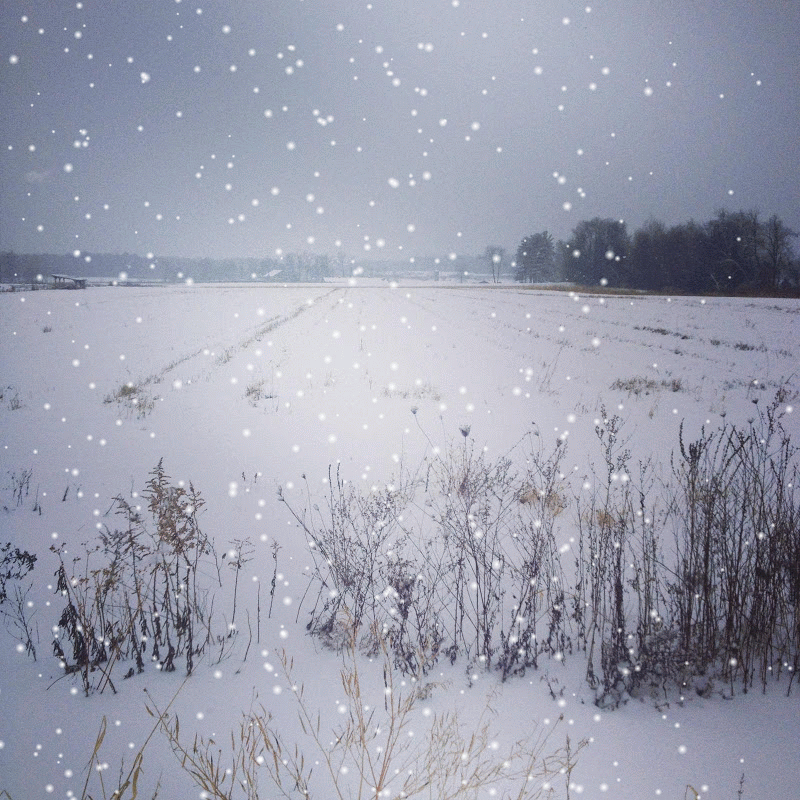Indoor Container Gardening
Winter container gardening can be a fun and rewarding experience, extending your enjoyment of plants beyond the summer growing season. There are many types of houseplants to choose from that are very well suited to indoor landscaping and you may also choose to grow some herbs in your home so that you are in supply of fresh seasonings for your culinary needs. When choosing plants for your home, you must keep in mind several factors which will influence your decision on which types of plants to choose, and ultimately, your plants' growth. These factors are lighting, temperature, air circulation, water and humidity. Let's begin with lighting. Natural light intensity will vary quite a bit indoors, depending on whether your home's windows face North, South, East or West. Light intensity will also vary based on the number of cloudy days; coastal climates such as the Northeast have a higher number of cloudy days in the winter than, say, the Midwest. Other factors that cause light intensity to vary are dust or smog, curtains, nearby buildings and outdoor plantings. Plants that did well in one room of the house may need to be moved to a different room accordingly as the seasons change. You can purchase artificial lighting as well to supplement your plants, which may be necessary for certain plants, especially those that are in bloom. A lack of quality lighting causes etiolation, which is the condition of a plant exhibiting long internodes (longer than usual stems between the leaves as a result of the plant stretching in search of light), leaves turning yellow, or pale in color, eventually falling off and a general lack of vigor. The use of special flourescent bulbs made especially for plants is the best choice, as these bulbs emit all of the necessary wavelenghts of light a plant requires for growth and optimal health, while not overheating the plant and causing burning of the leaves. It should also be noted that plants should periodically be turned, so as to avoid phototropism, or the one-sided growth of a plant towards the light source. By turning the plant regularly, the plant's growth will be more symmetrical. We'll cover temperature and air circulation tomorrow. Please feel free to post any comments to this post or the previous ones. We welcome your interaction and look forward to hearing from you. Make it a great day!




Comments
Post a Comment
Thank you for your comment! We appreciate them all and will publish your comment shortly. Thanks for visiting!